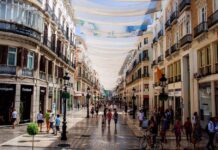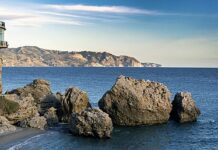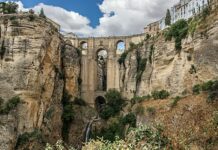The Alcazaba of Malaga is one of the most important historic Muslim monuments in the city of Malaga and in Spain. It perfectly narrates the history of the city.
FROM IT, AND FROM THE GIBRALFARO CASTLE, WE CAN OBSERVE THE BEST VIEWS OF THE CITY.
Both the Alcazaba and the Gibralfaro Castle are included in the city’s coat of arms. In fact, the Alcazaba is still featured in the emblem of the city’s football team: Málaga C.F.
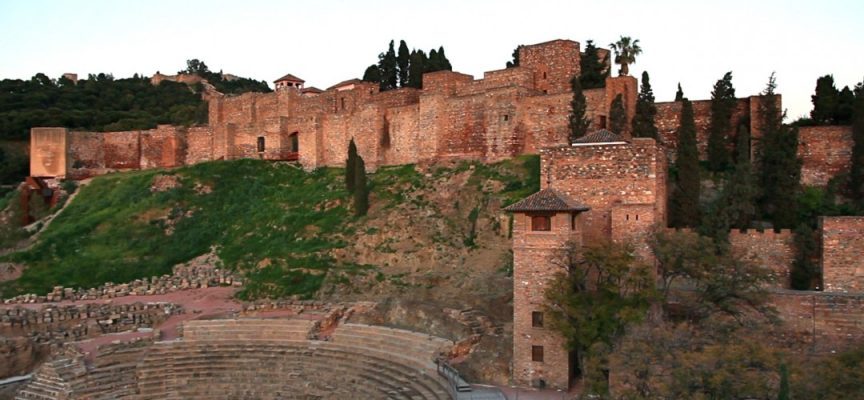
Impressive Muslim Fortress in Malaga
It is a fortress of Arab origin, whose name means “ciudadela”. It is one of the most visited historic monuments in the city of Malaga.
THE ALCAZABA OF MALAGA COMBINES BEAUTY AND HISTORY IN ONE PLACE.
Historical Beauty in One Place
It is located below Mount Gibralfaro, where we find the Gibralfaro Castle, which is connected to the Alcazaba through a corridor protected by walls called La Coracha. It is situated near the Roman Theater and facing the Customs Building, representing a fusion of Roman, Arab, and Renaissance cultures within a short distance.
The Best Views from the Alcazaba and Gibralfaro Castle
From the Alcazaba and Gibralfaro Castle, you will enjoy the most spectacular views of the city. So don’t forget to bring your camera when you visit.
History of the Alcazaba of Malaga
Throughout time, this monument has undergone changes, restorations, and even damages.
The construction of the first mosque of the Alcazaba is attributed to Emir Mu´awiya b. Salih al-Himsi between the years 754 and 755. Reliable sources about the construction of the Alcazaba of Malaga start appearing from the 11th century. During the caliphate, taifa, and Nasrid periods of Malaga’s Islamic era, the construction of the fortress took place. Under the Hammudid dynasty, during the reign of Badis in 1040, the true construction of the Alcazaba as we know it today began. This process was developed on the ruins of the ancient Phoenician and Roman city, to which numerous structures were added throughout history, with the most significant ones dating back to the 13th and 14th centuries.
In 1279, the city was conquered by Muhammad II Ben al-Ahmar and became part of the Nasrid kingdom. During this period, reforms were carried out that turned it into an impressive Nasrid edifice, an Arab palace combining defense and great beauty, featuring rectangular courtyards and promenades around gardens and ponds.
THE ALCAZABA OF MALAGA HAS UNDERGONE VARIOUS RECONSTRUCTIONS, INCLUDING IN THE 20TH CENTURY, AND IS CURRENTLY VISITABLE WITH IMPORTANT ARCHAEOLOGICAL EXHIBITIONS.

What can we see in the Alcazaba of Malaga? Its structure.
The defensive structure of the construction consists of two walled enclosures, surrounding and encompassing the lower enclosure within the upper enclosure. These two enclosures are separated by a heavily fortified gate.
Lower enclosure
Access to the lower enclosure is also heavily fortified and is known as the “Entrance Fortifications,” which connects to the Gibralfaro Castle. The entrance fortification is composed of a series of towers and gates, with one of the most important being the Puerta de la Bóveda, a gate in the shape of an elbow that preserves remains of the early 11th-century buildings. Following this, we find the Puerta de las Columnas, with fluted shafts.
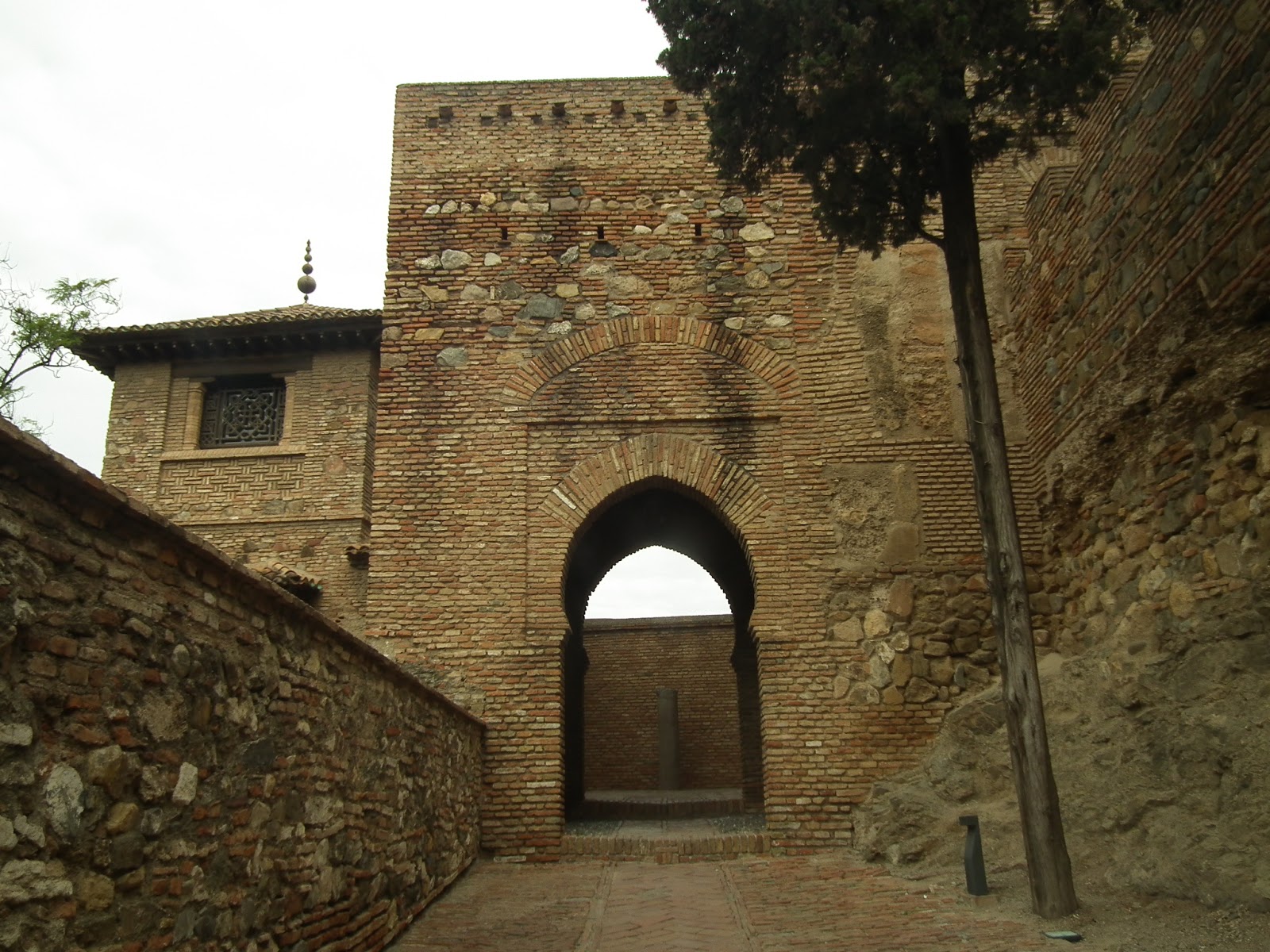
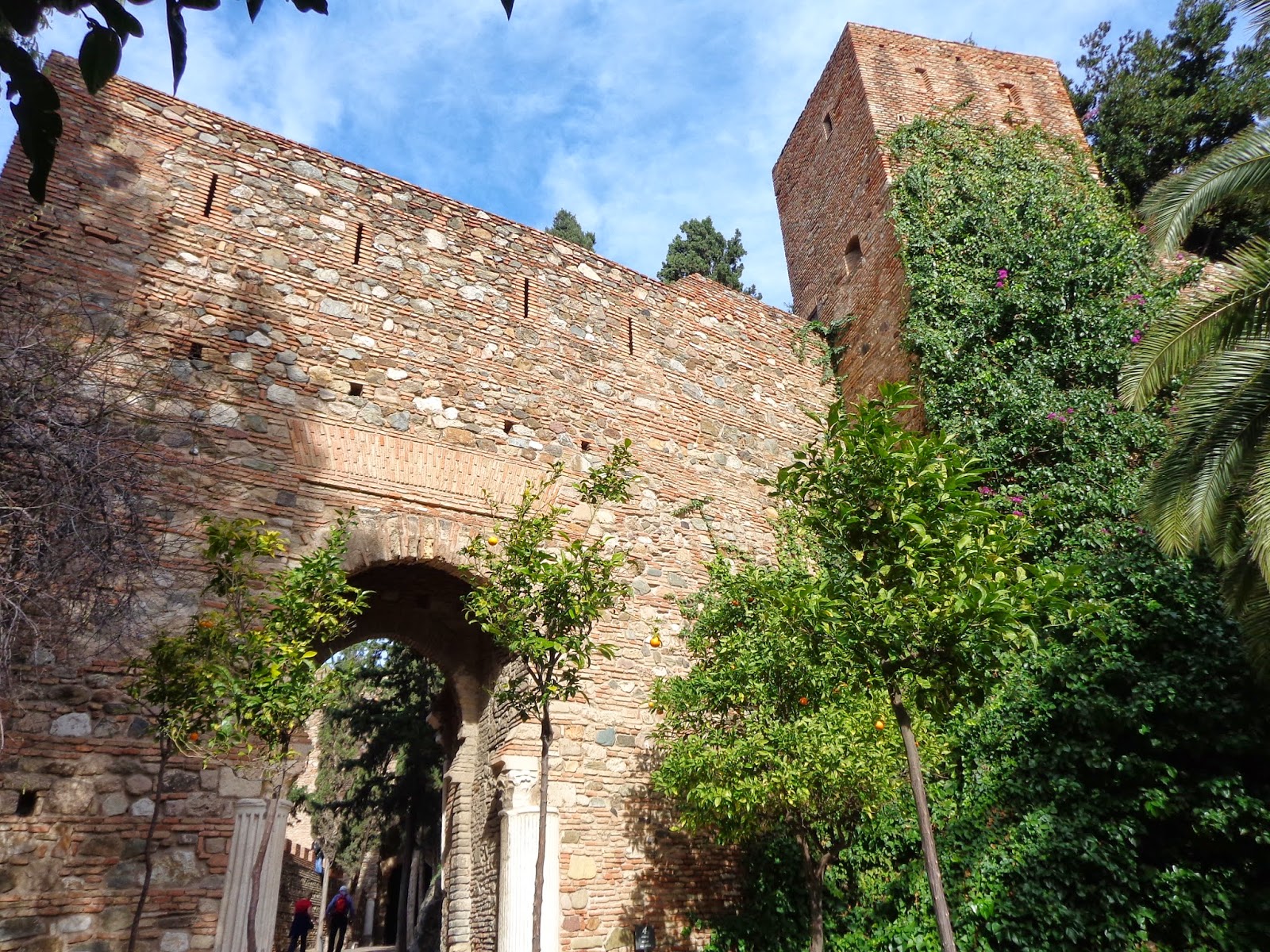
The lower enclosure has access through the Puerta Arco del Cristo, built in the 13th century, which preserves remains of the voussoirs from the 11th-century arch on which it was constructed.
Facing the Puerta Arco del Cristo, inside the fortress, you will find the remains of ancient Roman cisterns. A little further to the west, you’ll come across the Plaza de Armas, where you can enjoy panoramic views of the entire city. This square was once used to store all the artillery of the Christian army when they conquered the city. Later on, it was transformed into a garden, which is still maintained today for recreational use.
We also find the wall of the upper enclosure, which extends throughout the entire interior enclosure, along with an important tower, the Torre del Homenaje, which serves as protection for the gate that connects the lower enclosure with the Gibralfaro Castle.
Upper enclosure
The upper enclosure consists of a mixture of palatial and residential areas. In the palatial area, you can find remains of buildings from the 11th and 13th-14th centuries. In addition to the palatial area, there is a neighborhood of houses that were reserved for the palace servants.
Access to the upper enclosure can only be made through a large gate called the Puerta de los cuartos de Granada or Puerta de los Arcos. This gate was completely demolished in the 20th century, resulting in a significant loss of heritage, but it has since been reconstructed. The Puerta de los Arcos leads to a large quadrangular area. This area was once the central courtyard but has now been transformed into a garden with recreational purposes, known as the Patio de la Mazmorra. This name is due to the discovery of a dungeon beneath it where prisoners were held.
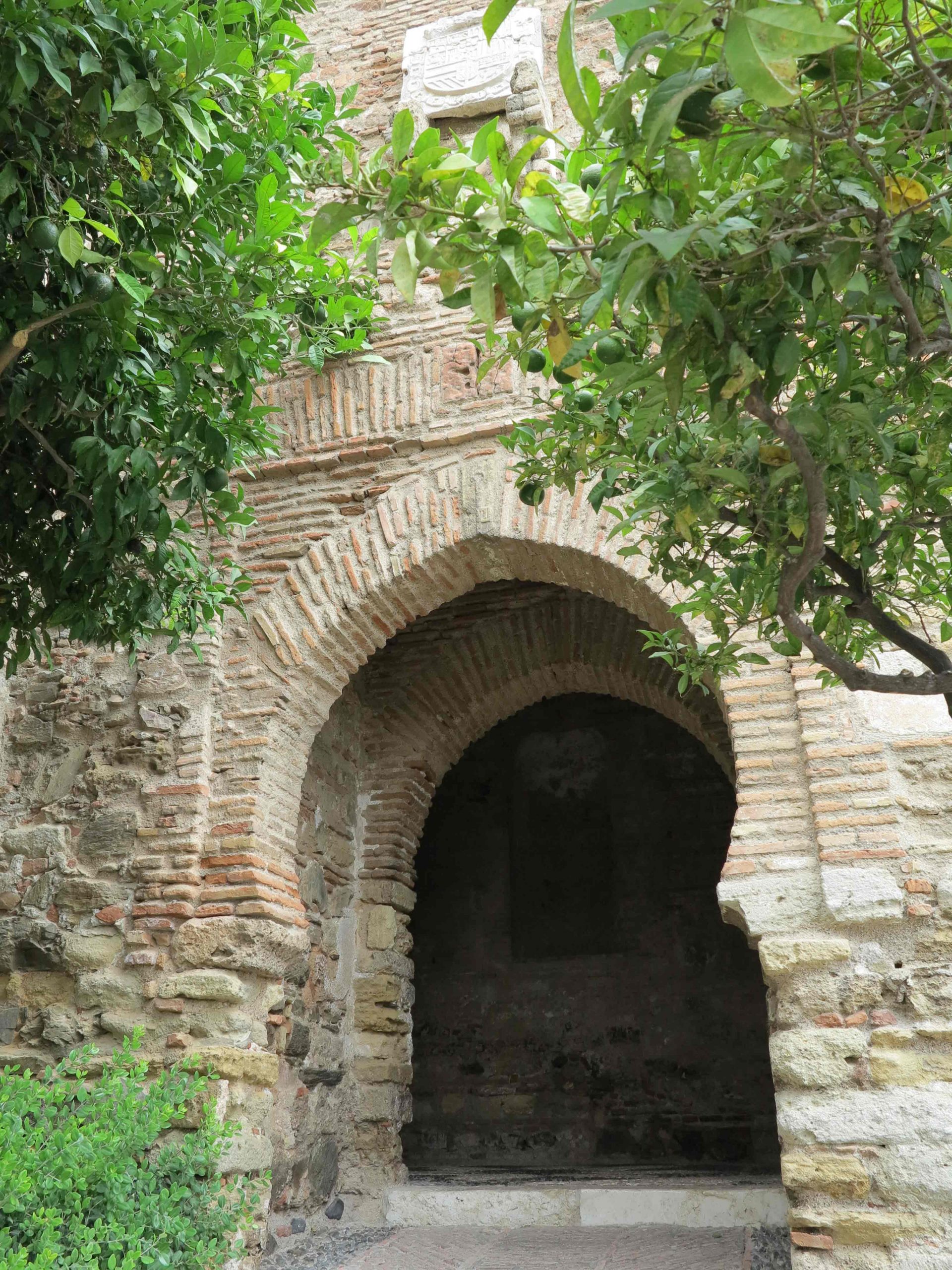
The central part of the upper enclosure consists of the Cuartos de Granada, which served as the residence area for the governors.
DO YOU WANT TO KNOW MORE ABOUT THIS WONDERFUL MONUMENT? DO NOT HESITATE TO VISIT IT.
Contact Information
Address: Calle Alcazabilla, 2, 29012, Málaga
Phone: 630 93 29 87
Official website: https://www.alcazabamalaga.com/es/
Prices and Opening Hours of the Alcazaba of Malaga
How much does it cost to enter the Alcazaba of Malaga?
The regular price is 3.50€ and the reduced price, for residents of Malaga, children from 6 to 16 years old, students, retirees, and pensioners, is 0.60€. However, we advise you to visit the official website where you can find updated prices and all available offers and options
Opening Hours
Summer: 09:00 am – 08:00 pm from April 1st to October 31st
Winter: 09:00 am – 06:00 pm from November 1st to March 31st
Due to the time it takes to explore the Alcazaba, the last admissions will be made forty-five minutes before closing time.
How to get to the Alcazaba of Malaga?
To reach the Alcazaba, you can use different means of transportation:
By car: You can use your own vehicle and follow the directions to the center of Málaga. Keep in mind that car access may be limited in some areas of the old town.
Using public transportation: Malaga has a well-developed public transportation network. You can use the bus or the metro to reach the Alcazaba. Check the available routes and schedules to plan your trip.
On foot: If you are in the center of Málaga, you can walk to the Alcazaba. Follow the signs or use a map to guide you.
Once you arrive at the Alcazaba, you will find the main entrance where you can purchase tickets and begin your visit.


